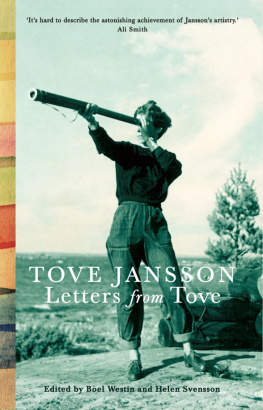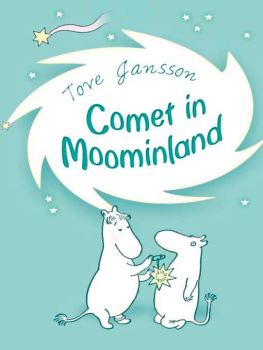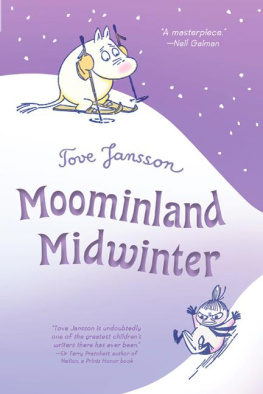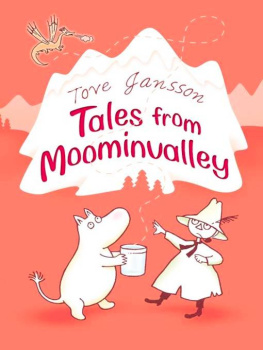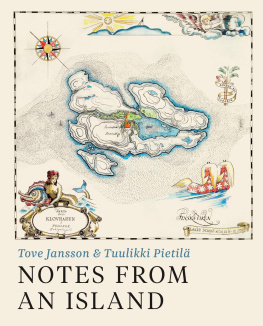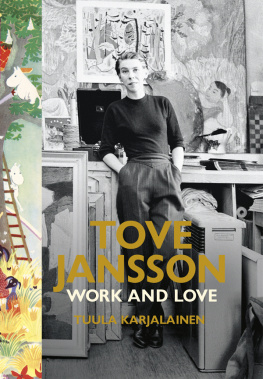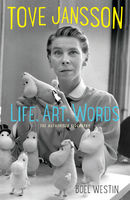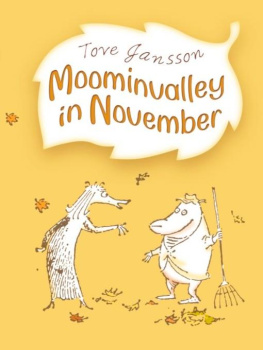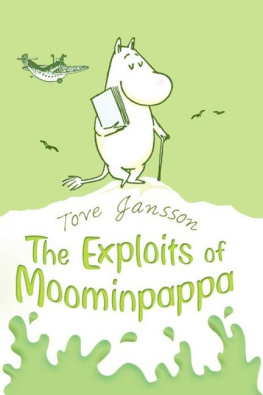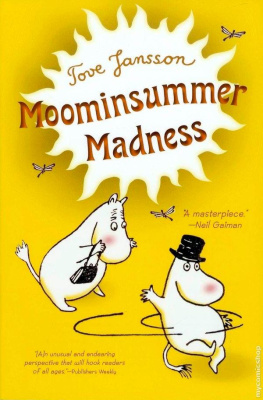Tove Jansson - Letters from Tove
Here you can read online Tove Jansson - Letters from Tove full text of the book (entire story) in english for free. Download pdf and epub, get meaning, cover and reviews about this ebook. year: 2019, publisher: Sort Of Books, genre: Home and family. Description of the work, (preface) as well as reviews are available. Best literature library LitArk.com created for fans of good reading and offers a wide selection of genres:
Romance novel
Science fiction
Adventure
Detective
Science
History
Home and family
Prose
Art
Politics
Computer
Non-fiction
Religion
Business
Children
Humor
Choose a favorite category and find really read worthwhile books. Enjoy immersion in the world of imagination, feel the emotions of the characters or learn something new for yourself, make an fascinating discovery.
- Book:Letters from Tove
- Author:
- Publisher:Sort Of Books
- Genre:
- Year:2019
- Rating:3 / 5
- Favourites:Add to favourites
- Your mark:
- 60
- 1
- 2
- 3
- 4
- 5
Letters from Tove: summary, description and annotation
We offer to read an annotation, description, summary or preface (depends on what the author of the book "Letters from Tove" wrote himself). If you haven't found the necessary information about the book — write in the comments, we will try to find it.
Letters from Tove — read online for free the complete book (whole text) full work
Below is the text of the book, divided by pages. System saving the place of the last page read, allows you to conveniently read the book "Letters from Tove" online for free, without having to search again every time where you left off. Put a bookmark, and you can go to the page where you finished reading at any time.
Font size:
Interval:
Bookmark:
In the letters she wrote to her family, her dearest confidantes, and her lovers, male and female, Tove Jansson spilled her innermost thoughts, defended her ideals and revealed her heart. To read these letters is both an act of startling intimacy and a rare privilege.
Penned with grace and humour, Letters from Tove offers an almost seamless commentary on Tove Janssons life as it unfolds within Helsinkis bohemian circles and her island home. Spanning fifty years between her art studies in the 1930s and the height of Moomin fame, we share with her the bleakness of war; the hopes for love that were dashed and renewed, and her struggles to establish herself as an artist.
A unique and authentic voice that speaks to the reader across time and culture, heart to heart.
Boyd Tonkin, The Independent
Tove Jansson was a genius, a woman of profound wisdom and great artistry.
Philip Pullman
TOVE JANSSON
Edited by
Boel Westin and Helen Svensson
Translated from the Swedish by
Sarah Death
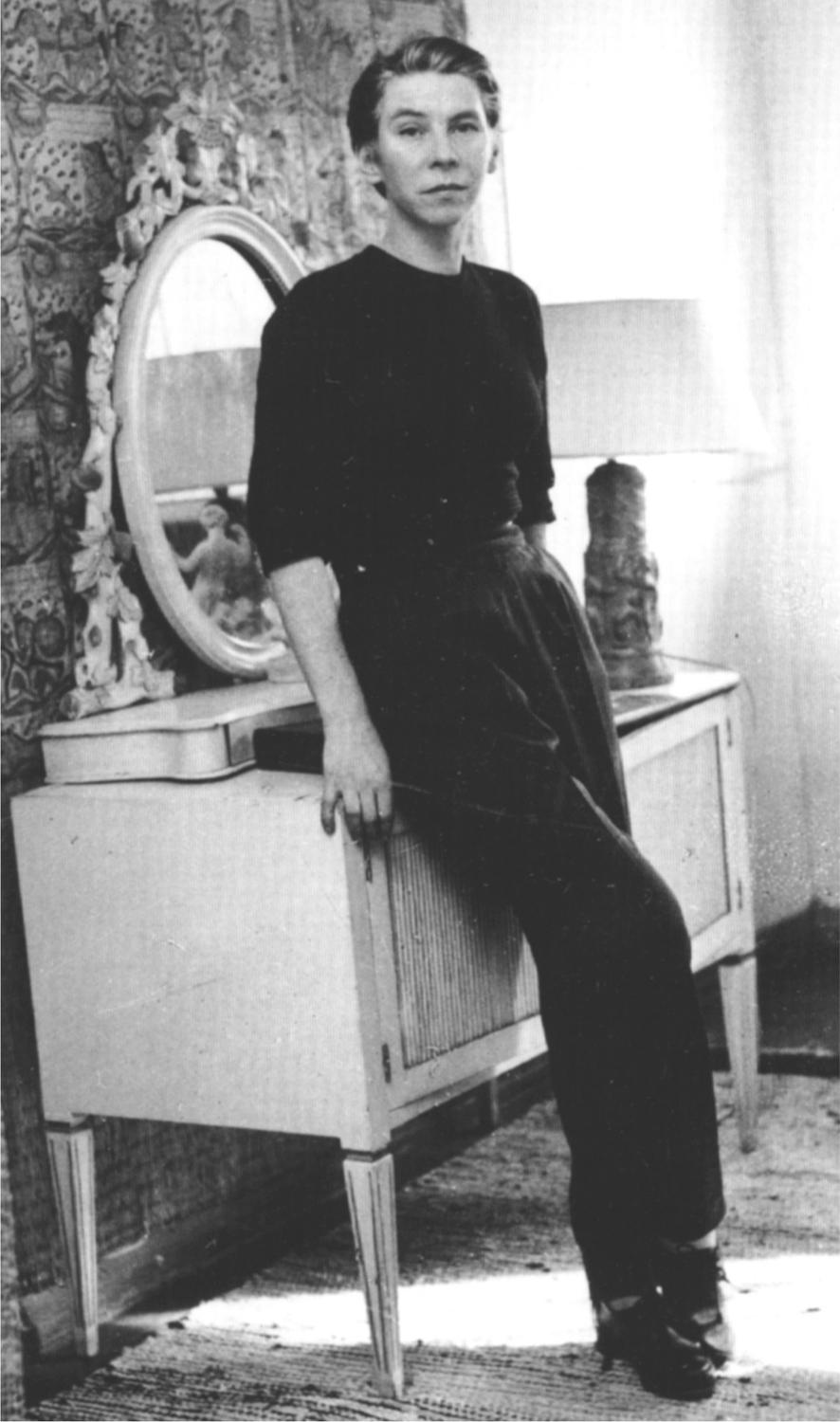
Tove Jansson in the mid-1950s, in her Helsinki studio.
T HE L ETTER IS THE TITLE OF ONE OF T OVE J ANSSONS EARLY SHORT stories. The last chapter in her 1989 novella Rent spel (Fair Play) has the same title. Both of them centre on the significance of a letter. This was something about which Tove Jansson knew a lot. She was a great correspondent, writing frequently and at length to her family, friends and lovers. Her works teem with letters in a variety of forms, from bobbing messages in bottles to notes and epistolary novels. Letters are written, sent and read in many different places. And lying on the bureau in the Moomin House are Snufkins spring letters.
In Letters from Tove we have gathered the letters to those to whom she felt closest, those who were her companions in life, work and love. Our selection is drawn from various extended correspondences that have been preserved. They span six decades, between 1932 and 1988, offering a variety of perspectives on the ways in which Tove Jansson describes her life and work over the years. The first letters are written to her family, her parents Signe Hammarsten Jansson and Viktor Jansson plus her younger brothers, Per Olov and Lars. They were written during Tove Janssons time studying in Stockholm and on two extended trips abroad in the 1930s. These are followed by three sequences of letters, all begun in the 1940s: to photographer Eva Konikoff, author Atos Wirtanen and director Vivica Bandler. The long correspondences with graphic artist Tuulikki Pietil and translator Maya Vanni begin in the 1950s and continue into the following decades. Publisher ke Runnquist and Tove Jansson start writing to each other in the 1960s and their correspondence extends into the late 1980s. There is also a section of letters from Tove Jansson to her mother Signe Hammarsten Jansson, written after Viktor Janssons death in 1958.
All these addressees were of significance to Tove Jansson as a human being, writer and artist, and close to her over an extended period all her life, in the case of her family, of course. Her letters to them present varying pictures of Tove Jansson the letter writer, depending on whether she is writing as a daughter, lover or friend. Events and individuals can be described in different ways to suit particular recipients, and be seen in different lights. The recipient is often a co-writer, too. But, for Tove Jansson, letter writing is also a way of getting close to others, as in a conversation: while I am writing, I have you here, she says in a 1946 letter to Vivica Bandler. Similar phrases crop up elsewhere. Tuulikki, I am longing to read more of the book that is all about you, she writes to Tuulikki Pietil in summer 1956.
Tove Jansson always wrote by hand, never on a typewriter, and her letters are sometimes illustrated, often with pictures of herself in a variety of situations. In her younger days she would write in both pencil and ink, varying her writing paper from occasion to occasion, but later on she usually wrote on unlined white paper in black felt-tipped pen. Writing letters to her closest contacts was a long-felt need for her, but her growing fame drastically altered the conditions of her correspondence. Tove Jansson received an average of two thousand letters a year and she answered almost all of them. This meant that from 1954, when she achieved her major international breakthrough with the Moomin cartoon strip, to the years preceding her death in 2001, she had 92,000 letters to answer. And yet this does not include many of her letter-writing years. I have lost my enthusiasm for writing letters after all the years of Moomin business, an overwhelming daily task of writing to people I didnt know and didnt like, writes Tove Jansson to her friend Eva Konikoff at Christmas 1961. But there is still a little margin left for privacy and free will.
The correspondence reproduced in Letters from Tove falls into the latter category. There is an extensive amount of material, and we have selected 160 of the hundreds of letters after reading through them all. The letters to these recipients were first used in Boel Westins 2007 biography Tove Jansson. Ord, bild, liv (English edition, Tove Jansson: Life, Art, Words, 2014), in which a number of the quotations and longer extracts are reproduced. But they have not previously been published in an edition with commentaries.
This volume of letters is divided into chapters, one for each addressee, with the letters arranged in chronological order. There is an introduction at the start of each chapter to the addressee and his or her relationship with Tove Jansson. The letters have been reproduced orthographically from Tove Janssons writing. This includes punctuation and speech marks. She occasionally misspells names, places and words or uses personal spellings such as galloppera (set off at a gallop), but these have been left unchanged. Those dates and the places given in square brackets [ ] are based on postmarks and/or information contained in the letters. In the few cases in which letters have been abbreviated to cut out digressions of a peripheral nature, this is indicated by [ ]. Some of the letters extend to ten or twelve pages and we wanted to include as many letters as possible to show the breadth of Tove Janssons repertoire as a correspondent. The list of Sources (p.488) gives details of where the letters are kept. The majority of them are in private ownership, but some are in archives.
The commentaries that precede a number of the letters describe events and circumstances that are crucial to contextual understanding. Tove Jansson sometimes writes letters in swift succession, but sometimes quite a long time elapses between them. Explanatory notes about people and places are to be found at the end of each letter. Individuals normally only appear the first time they are mentioned. In order to keep the commentaries relatively concise, more marginal individuals are omitted. The notes also include some translations, and clarifications of words and expressions. This applies particularly to Finland-Swedish expressions and Finlandisms, but there is also clarification of the language mixing found particularly in the letters written from France and Italy.
In the commentaries, Tove Jansson is abbreviated to TJ. The diaries and notes referred to in the introductions are to be found in Boel Westins biography. The many parallels to Tove Janssons literary texts are discussed in several places, but this books readers are generally left to see and discover them for themselves.
Tove Janssons letters tell us about herself. They encompass descriptions of her life and work, of people and landscapes, and shift between hope and despair, yearning and happiness. They deal with love and friendship, loneliness and solidarity, and also with politics, art, literature and society. But a letter also documents a juncture in time, stops the clock and tells us about things that otherwise get forgotten or sink into the depths of memory. Tove Janssons letters describe their period in time through expressions, thoughts and events, and can be read as a blend of biographical and cultural history. They can be literary and lyrical, observant and analytical; they can be cheery, sad, exhilarated, melancholy and sometimes entirely workaday. But they rarely leave us unmoved.
Font size:
Interval:
Bookmark:
Similar books «Letters from Tove»
Look at similar books to Letters from Tove. We have selected literature similar in name and meaning in the hope of providing readers with more options to find new, interesting, not yet read works.
Discussion, reviews of the book Letters from Tove and just readers' own opinions. Leave your comments, write what you think about the work, its meaning or the main characters. Specify what exactly you liked and what you didn't like, and why you think so.

